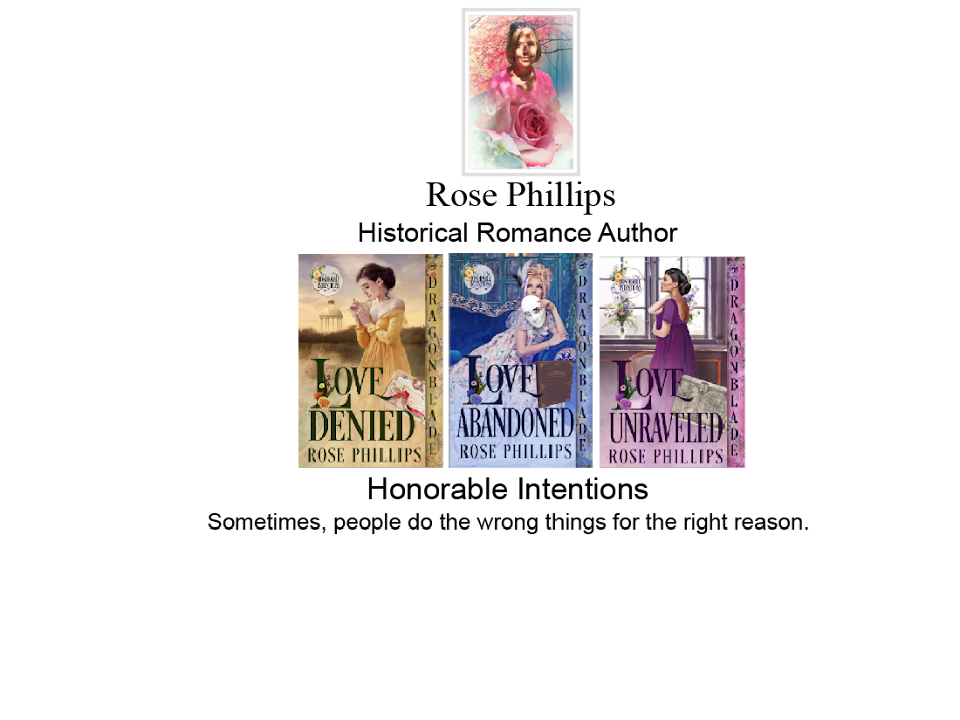A writer friend shared an article on Facebook. In it, Author Kate DiCamillo answers the following question with great thoughtfulness.
“How honest can an author be with an auditorium full of elementary school kids? How honest should we be with our readers? Is the job of the writer for the very young to tell the truth or preserve innocence?” (Why Children’s Books Should Be a Little Sad)
The question was asked by another author and I followed the link to his original story. I liked what DiCamillo had to say. I loved author Matt de la Peña’s story as well as his thoughts on shielding children from tough subjects. It resonated with me and I’ve been pondering it all day. Now, I don’t write for young children but I have spent a good part of my life working with them and I heartily agree with his reflection on his own child’s first brush with grief.
“But maybe these minor episodes of loss are just as vital to the well-adjusted child’s development as moments of joy.”
Further on he contemplates an image in his new picture book, Love, that his publisher was hesitant to include. It's a young child hiding beneath a piano with his dog while his parents argue. The involvement of alcohol is implied by an empty glass on the piano.
“In the book world, we often talk about the power of racial inclusion — and in this respect we’re beginning to see a real shift in the field — but many other facets of diversity remain in the shadows. For instance, an uncomfortable number of children out there right now are crouched beneath a metaphorical piano. There’s a power to seeing this largely unspoken part of our interior lives represented, too. And for those who’ve yet to experience that kind of sadness, I can’t think of a safer place to explore complex emotions for the first time than inside the pages of a book, while sitting in the lap of a loved one.
I remember trying to find books to support children going through tough times. Those books were few and far between, often kept on separate shelves for teachers so that a child wouldn’t accidentally pick up a book that might be traumatic. Attitudes have changed since then and there is a growing number of amazing books.
His thoughts on this appealed to the educator me. His conclusion lent affirmation to the writer me. In my stories, I dip into the darkness with teens. It is something I don’t take lightly. I have agonized as I navigate the line between authentically representing traumatizing moments and not taking it too far, making the emotional aspect unbearable for the teen reader. I strive for that balance. My greatest wish for my novels is that teens either see themselves in my stories and find comfort in that, or recognize others and develop empathy. For me, that is the ultimate writing success.
“That’s why I write books. Because the little story I’m working on alone in a room, day after day, might one day give some kid out there an opportunity to 'feel.'” —Matt de la Peña
The full article: Why We Shouldn’t Shield Children From Darkness
 |
| Check out the video of this beautiful book at http://mattdelapena.com/ |


Finding that line is so hard, but I'm glad people are trying. Books are a great way for children to work though difficult things. And Children are exposed to difficult things. It would be nice for them to have books to chose from.
ReplyDeleteI agree. Luckily the selection is increasing.
Delete